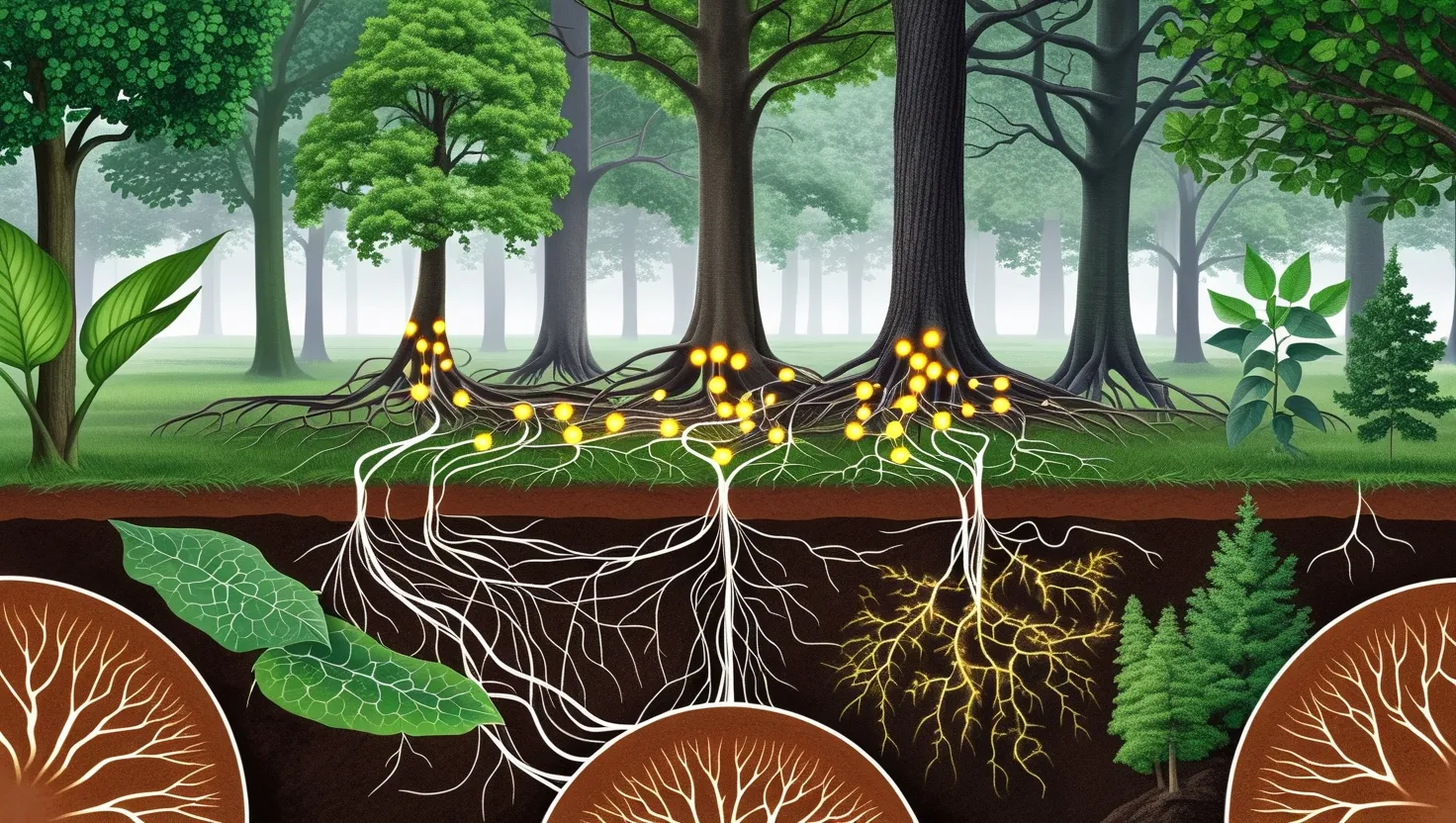What if I told you that plants might be making decisions, communicating, or even remembering things in ways that rival—or at least echo—what we think of as intelligence? When I think about the ordinary tree outside my window, or the simple bean sprouting in a garden pot, I admit, the word “intelligent” rarely springs to mind. After all, plants don’t move from place to place, or have brains, or send text messages. Yet, the more I explore plant life, the clearer it becomes: the story of plant intelligence is much stranger, deeper, and more open-ended than we’ve been taught.
Let’s start here: plants don’t act randomly. They’re actively tuning in to their environment, picking up signals, and deciding how to respond. But how do they do it without nerves or a brain? Consider electrical and chemical messaging. Like the fleeting spikes of voltage that dart along our neurons when we touch a hot stove, plants also have their own version. For example, the Venus flytrap only snaps shut if two tiny trigger hairs are touched in quick succession. It’s almost as if the plant is “counting”—engaged in basic arithmetic. One touch? Nothing. A second touch within 20 seconds? The jaws close. Five touches? The plant knows digestion should begin. Think for a moment how remarkable this is. Without anything like a brain, this unassuming carnivore can tell rain from real prey, and decides whether to act.
Yet, the mystery grows deeper when you realize this isn’t the only plant pulling off numerical feats. Even a humble weed like the thale cress manages its food supplies with precision. Each night, it burns through starchy reserves, carefully rationing so everything is used up just as dawn arrives. Did you ever imagine a plant could budget its resources with the accuracy of a timekeeper? Here’s a riddle for you: How does a plant measure a night’s length and adjust its metabolism so finely? No dials, no clocks, just an internal awareness we’ve barely begun to understand.
“To see a world in a grain of sand and a heaven in a wild flower, hold infinity in the palm of your hand and eternity in an hour.” — William Blake
Plant learning is even stranger. The sensitive Mimosa pudica, when shaken or splashed with water, at first folds up its leaves in defense. But over time, if the stimulus proves harmless, it stops reacting. This isn’t just reflex; it’s a form of habituation. In an experiment, researchers found that some mimosas could remember this lesson weeks later. Now picture this: a plant “learning” which events signal danger, and then saving its effort when it’s not needed. How does a plant store a memory without neurons? What is the physical seat of a leafy recollection? The answer remains hidden, yet the behavior keeps repeating—a biological puzzle asking for a key.
This brings up a curious question—if a plant can “learn” from experience, do you see it as being intelligent? Is memory possible without a mind as we know it, and does it matter if it is?
“If we could see the miracle of a single flower clearly, our whole life would change.” — Buddha
Interactions between plants also hint at sophisticated tactics. Take the so-called “wood wide web.” Under our feet, trees and fungi form underground networks where information and resources are exchanged. Picture a vast internet made of roots and tiny filaments. When an insect attacks one tree, warning signals travel to neighbors—sometimes in the form of chemical cues, sometimes traveling as electrical bursts. It’s not just family helping each other; it’s a whole community responding in real time to crisis.
Now, here’s a tangled thought: are trees consciously “deciding” to help one another, or is this merely a byproduct of evolutionary benefit—nature’s slow logic writ large? Some see this as intentional communication; others insist it’s just the machinery of survival. I find the question itself reshapes how I look at the forest. What if the very idea of intention is not reserved for brains at all?
Scientists have found that plants fine-tune their defense responses depending on whether other plants are nearby. Goldenrod, for instance, emits special chemicals when grazed by herbivores, but only if it senses a companion in the area. Plants “listen” not only to the world, but to each other. They read subtle shifts in light reflected from neighboring leaves and adjust. Yet, the exact signal-processing methods—how the information is sorted, weighted, and acted upon—are a living riddle.
“Nature does not hurry, yet everything is accomplished.” — Lao Tzu
Memory in plants might be the most cryptic puzzle of all. Some plants seem able to recall past droughts or pest attacks and adjust their future growth strategies accordingly. There’s evidence that a period of water stress changes not just immediate behavior, but the way a plant’s offspring respond to similar hardships. How do they store this information? The solution may lie at the molecular level: in temporary alterations to proteins or even subtle chemical markers on DNA called epigenetic tags. If a plant “remembers” doing without, is it truly memory? What does that say about our own definitions?
Let’s not ignore the bizarre possibility that plants sense the genetic identity of neighbors and behave differently toward kin and strangers. They may even “smell” the chemical signature of nearby plants—sensing danger or adjusting their own growth to outcompete, cooperate, or hide. I can’t help but marvel at the sophistication hiding in such simple-seeming forms.
Another fact that tends to be overlooked: every cell in a plant can, in theory, act as a sensor. Instead of a central intelligence, decision-making is spread out—each cell “taking votes,” perhaps, or passing messages so the wider community of cells reaches a consensus. This is called distributed intelligence, and it’s a mechanism more familiar in social insects like bees or ants. There’s no single “boss,” but the end result is coordinated, complex behavior.
For me, this distributed model untethers intelligence from old assumptions. Could we imagine consciousness without a central mind? Could we recognize thought without a thinker? The question of plant intelligence isn’t just about plants—it urges us to reconsider what we value as intelligent, as alive, even as sentient.
“We still do not know one thousandth of one percent of what nature has revealed to us.” — Albert Einstein
Is it possible plants might one day hold the secrets to new technologies, medical innovations, or even models for artificial intelligence? Certainly, their low-energy information processing already inspires new computer architectures and adaptive materials. The way a plant “learns” to save energy, resist pests, or optimize its own tissue could change our approach to design.
What will the next few decades reveal about how sunflowers track the sun, or how climbing vines sense the surface they need to grasp? Will we ever be able to ask a plant a question and get an answer, even if only in light, chemicals, or movement?
So, next time you pass a tree or a weed in the sidewalk crack, consider pausing to look a bit closer. Behind that still exterior, invisible dramas are playing out. If we listen, we might soon realize that intelligence never belonged exclusively to brains or to humans—it might be all around us, in the patient, pulsing life of green. What other mysteries might be uncovered, simply waiting for us to ask better, quieter, more persistent questions?
“When you look at a field of dandelions, you can either see a hundred weeds or a hundred wishes.” — Author Unknown
Let’s keep asking, keep wondering. The intelligence of plants may be the story that changes how we see life, and by extension, ourselves.






